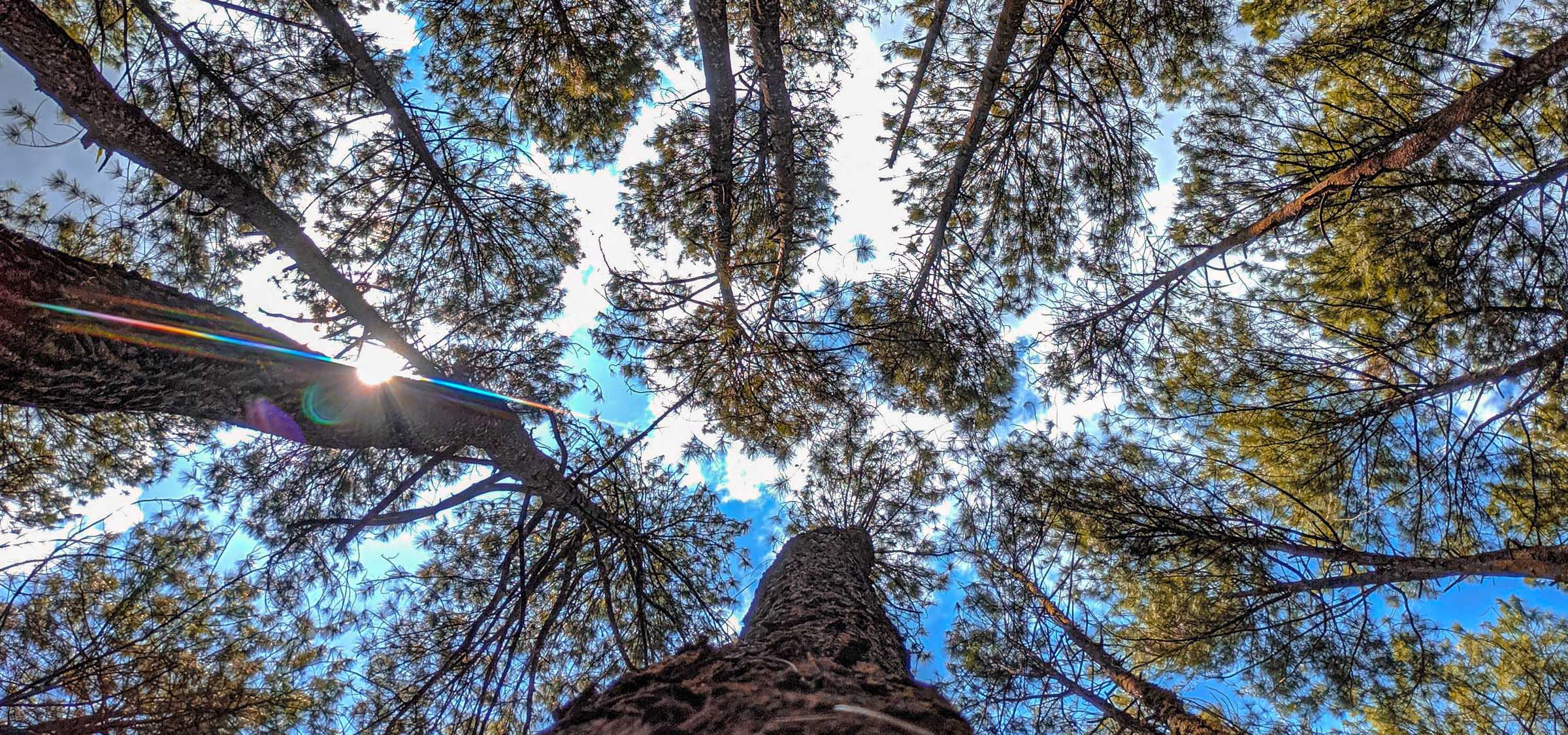The WaNuLCAS model (Water, Nutrient and Light Capture in Agroforestry Systems) was developed by Professor Meine Van Noordwijk, World Agroforestry (ICRAF), to represent the complex tree-soil-crop interactions within agroforestry systems. This model goes further than just predicting yields, seeking to understand and model the complex network of mechanisms connecting abiotic factors to plant responses and interactions with pest and diseases. With Professor Van Noordwijk we are expanding this model to include coffee-pine systems for the first time. The UB team have created a new pine (Pinus merkusii) library and coffee module based on literature values, our field measurements and questionnaires of farmers within UB Forest.
Work developing the model is ongoing. Once completed it will deepen our understanding of the system and enable us to predict impacts of environmental and management changes on coffee yields, pine tree growth, soil health, nutrient flows and water regulation.

Structure of the WalNuLCAS agrofores processes model
WaNuLCAS Model structure. The core module models the relationships between climate, tree and crop growth, water and nutrient dynamics across a range of different planting schemes. This can be further modified to include greater levels of complexity with the inclusion of additional modules covering crop management (e.g. soil tillage, pruning and timber harvest), environmental factors (e.g. pest and disease), climate impacts (GHG emissions), economics (labour and profitability), water (hydraulic equilibrium and soil structure) and tree products (rubber/latex). The model outputs impacts on water, carbon, nitrogen and phosphate balances, profitability and production. Adapted from Khasanah et al. (2019).
[photo: Tyler Nix on Unsplash]
